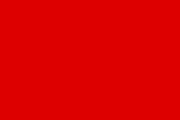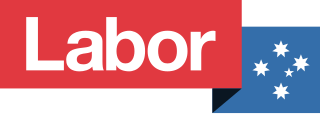
The Australian Labor Party (ALP), also commonly known as simply Labor or Labor Party, is the major centre-left political party in Australia and one of two major parties in Australian politics, along with the centre-right Liberal Party of Australia. The party has been in government since being elected at the 2022 federal election, and with political branches in each state and territory, they currently form government in New South Wales, Queensland, South Australia, Victoria, Western Australia, the Australian Capital Territory, and the Northern Territory. As of 2023, Tasmania is the only state or territory where Labor forms the opposition. It is the oldest continuous political party in Australian history, being established on 8 May 1901 at Parliament House, Melbourne, the meeting place of the first federal Parliament.

The Socialist Party of America (SPA) was a socialist political party in the United States formed in 1901 by a merger between the three-year-old Social Democratic Party of America and disaffected elements of the Socialist Labor Party of America who had split from the main organization in 1899.

The Communist Party of Australia (CPA), known as the Australian Communist Party (ACP) from 1944 to 1951, was an Australian communist party founded in 1920. The party existed until roughly 1991, with its membership and influence having been in a steady decline since its peak in 1945. Like most communist parties in the West, the party was heavily involved in the labour movement and the trade unions. Its membership, popularity and influence grew significantly during most of the interwar period before reaching its climax in 1945, where the party achieved a membership of slightly above 22,000 members. Although the party did not achieve a federal MP, Fred Paterson was elected to the Parliament of Queensland at the 1944 state election. He won re-election in 1947 before the seat was abolished. The party also held office in over a dozen local government areas across New South Wales and Queensland.

The Democratic Socialist Perspective (DSP) was an Australian socialist political group. It was founded in 1972 as the Socialist Workers League (SWL), changing its name to the Socialist Workers Party (SWP) a few years later. In the early 1990s it was once again renamed, as the Democratic Socialist Party, and in 2003 it became the Democratic Socialist Perspective.

The Communist Labor Party of America (CLPA) was one of the organizational predecessors of the Communist Party USA.
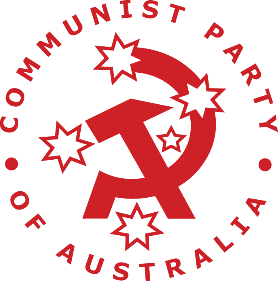
The Communist Party of Australia (CPA) is a communist party in Australia. It was founded in 1971 as the Socialist Party of Australia (SPA) and adopted its current name in 1996. The party was established by former members of the original Communist Party of Australia who resigned or were expelled due to internal disagreements over the Warsaw Pact invasion of Czechoslovakia and the party's adoption of Eurocommunism. The party had its first and only electoral win in 2012 when it gained a seat on the Auburn City Council, which they held until 2016.

Charles Emil Ruthenberg was an American Marxist politician and a founder and head of the Communist Party USA (CPUSA). He is one of four Americans to be buried in the Kremlin Wall Necropolis.

John Smith "Jock" Garden was an Australian clergyman, trade unionist and politician. He was one of the founders of the Communist Party of Australia.
The Victorian Socialist Party (VSP), also known as the Socialist Party of Victoria, was a socialist political party in the Australian state of Victoria during the early 20th century.
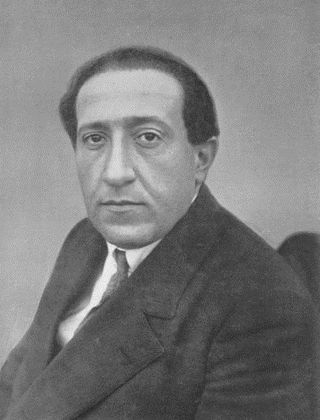
József Pogány, known in English as John Pepper or Joseph Pogany, was a Hungarian Communist politician. He later served as a functionary in the Communist International (Comintern) in Moscow, before being cashiered in 1929. Later as an official in the Soviet government, Pepper ran afoul of the secret police and was executed during the Great Terror of 1937–38.

Herbert Moore "Harry" Wicks (1889–1956), best known as "Harry M. Wicks," was an American radical journalist and politician who was a founding member of the Communist Party of America. He was a plenipotentiary representative of the Communist International to Australia in 1930-31 and there directed the reorganization of the structure and leadership of the Communist Party of Australia.
Nick Origlass was an Australian Trotskyist who served as mayor of Leichhardt in Sydney.
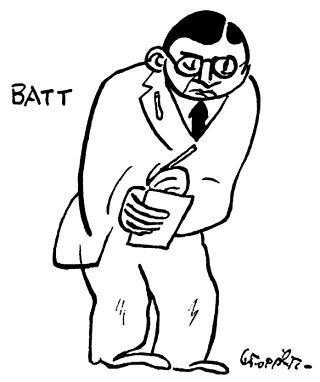
Dennis E. Batt was an American political journalist and trade union activist. Best remembered as the first editor of The Communist, the official organ of the Communist Party of America and leading member of the Proletarian Party of America, in later years Batt's political views became increasingly conservative and he ended his life as a mainstream functionary in the union movement.
John J. "Johnny" Ballam was an American Marxist political activist and trade union organizer. He is best remembered as a founding member and one of the pioneer leaders of the Communist Party of America and as a leader of the Trade Union Unity League in the textile industry during the 1930s.
Socialism in Australia dates back at least as far as the late-19th century. Notions of socialism in Australia have taken many different forms including utopian nationalism in the style of Edward Bellamy, the democratic socialist reformist electoral project of the early Australian Labor Party (ALP), and the revolutionary Marxism of parties such as the Communist Party of Australia.

Edgar Argent Ross was an Australian journalist, trade unionist and communist organiser.

James Patrick Cannon was an American Trotskyist and a leader of the Socialist Workers Party.

The Queensland Labor Party, officially known as the Australian Labor Party (State of Queensland) and commonly referred to simply as Queensland Labor, is the state branch of the Australian Labor Party (ALP) in the state of Queensland. It has functioned in the state since the 1880s. The Queensland branch of the Australian Labor Party (ALP) was the first Labour Party to win government in the world, when, in December 1899, following the resignation of the Dickson ministry, Labour Leader Anderson Dawson accepted to form a ministry by Lieutenant-Governor Samuel Griffith.

The Socialist Labor Party was a socialist political party of Australia that existed from 1901 to the 1970s. Originally formed as the Australian Socialist League in 1887, it had members such as George Black, New South Wales Premier William Holman and Prime Minister Billy Hughes.
The Left Alliance was an Australian organisation of socialist, feminist, and progressive students that flourished in the 1980s and 1990s.
